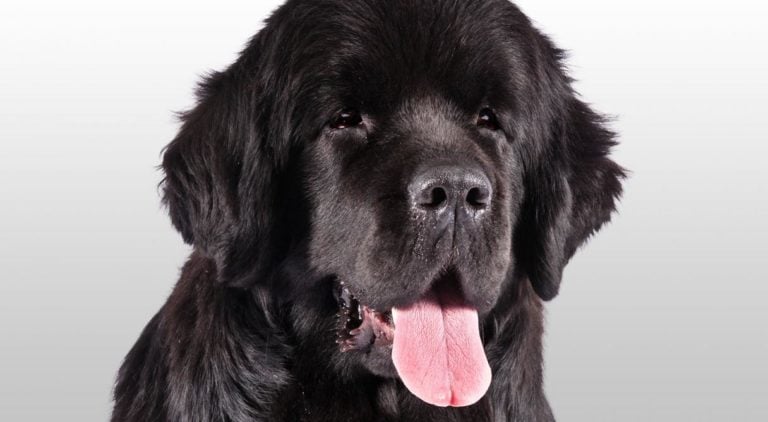15 Dogs That Would Make Terrible Housemates For Cats

Some dog breeds see cats as chase toys, while others guard their turf like seasoned warriors. Yes, individual temperament and training affect the bond between cats and dogs, but it’s often seen that these 15 dogs don’t always become best friends with cats. Is your pup on the list?
Siberian Husky

A Husky’s idea of fun? A high-speed chase through the house. Bred for endurance and with a prey drive hardwired into their DNA, these snow dogs see smaller animals as something to pursue. With their darting movements, cats tend to become instant targets.
Beagle

Your home will echo with deep, relentless barks as a Beagle fixates on the chase. With a nose built for tracking, this breed struggles to ignore a darting cat. A Beagle’s instincts involve sniffing, baying, and charging forward. So, forget about peace when they have a feline housemate.
Jack Russell Terrier

A home with a Jack Russell is in motion, especially if a cat is involved. Their hunting instincts never genuinely rest, which makes peace a faraway dream. Their boundless energy and lightning-fast reflexes can turn chaotic in front of a cat.
Alaskan Malamute

Malamutes are strong-willed, independent, and undeniably large. If a cat challenges their authority, expect a battle of egos. They have a prey drive that doesn’t quit. So, Alaskan Malamutes may prove too much to handle when there is a cat around the house.
Border Collie

A Border Collie sees everything as something to herd, including cats. However, cats don’t appreciate being rounded up. So, a determined Collie may stalk or even nip your cat’s peaceful lounging into a never-ending game of “move along.”
Weimaraner

Home feels like a racetrack when a Weimaraner spots a moving target. They have an intense focus and hunting lineage, so they might instinctively pursue anything small that dashes away. A fleeing cat only fuels their relentless chase. This is why a peaceful coexistence is tough to achieve.
Australian Cattle Dog

Also called the Blue Heeler, this breed takes control of every environment. Their strong work ethic can turn into an obsession with controlling movement, including that of any household cat. You can expect nipping, circling, and plenty of frustration.
Greyhound

Did you know Greyhounds can reach speeds of 45 mph? Moreover, their prey drive is just as fast. Greyhounds were initially bred to chase. They view smaller animals as things to sprint after, and a cat’s quick movements ignite that instinct instantly.
Fox Terrier

For a Fox Terrier, a cat could mean a nonstop chase. These dogs were initially developed to hunt foxes, which means they may not easily retreat from a challenge. Their stubborn streak also makes training a battle, and patience wears thin fast for a cat looking for peace.
Doberman Pinscher

Dobermans take their role as protectors seriously. Unfortunately, their territorial nature also means they often see cats as intruders. Their powerful frame and high intelligence make them intimidating in a cat-dog rivalry. Even the most confident cat might shy away from picking a fight.
Afghan Hound

Graceful and elegant, Afghan Hounds have a striking speed and agility to catch anything that moves. Living with a cat? It might leave your house in a state you’d never want to see. Their aloof personality doesn’t help them bond easily with cats.
Schnauzer

Schnauzers love order and control. Their instinct to guard and patrol makes them quick to enforce their house rules, which rarely favor a cat. They also have a sharp bark and territorial tendencies, which could make things even more overwhelming for a feline housemate.
Akita

An Akita takes leadership seriously, and there’s only little room for negotiation. When a cat enters the room, it’s a challenge rather than an invitation for friendship. Their dominant personality and hunting background make peaceful coexistence unlikely, especially if the cat isn’t willing to submit.
Scottish Terrier

Small but determined, these terriers were originally used to track and chase vermin. It’s an impulse that doesn’t fade easily, even if they have learned to live indoors among lovable families. So, training them to ignore a moving cat is quite challenging.
Shiba Inu

Yes, a Shiba Inu looks quite like a fox, but they don’t act like a cat’s cousin. Shiba Inus are more of a competitor than a friend when it comes to sharing space with cats. Be ready for territorial stand-offs, dramatic glares, and a great rivalry.





